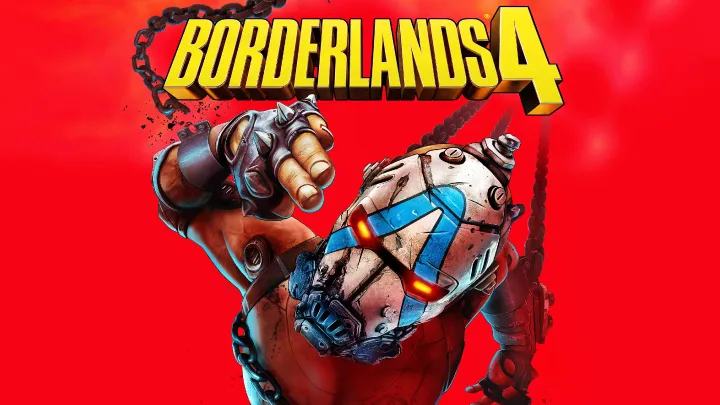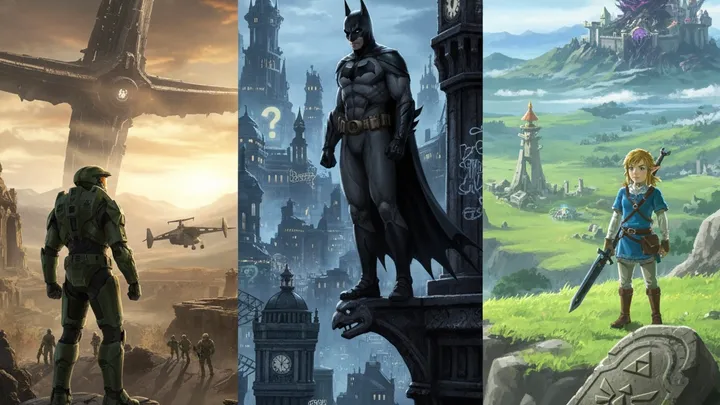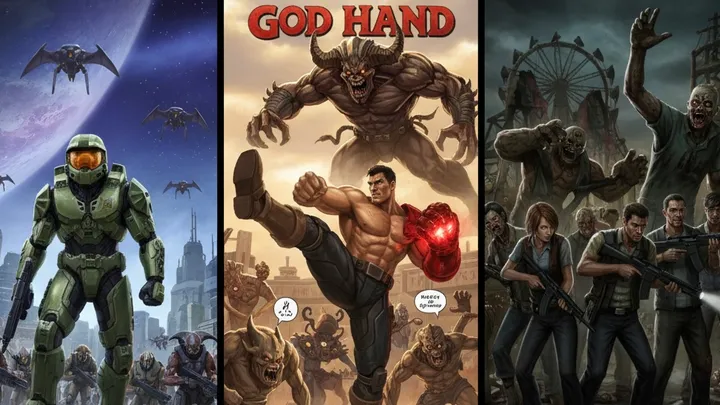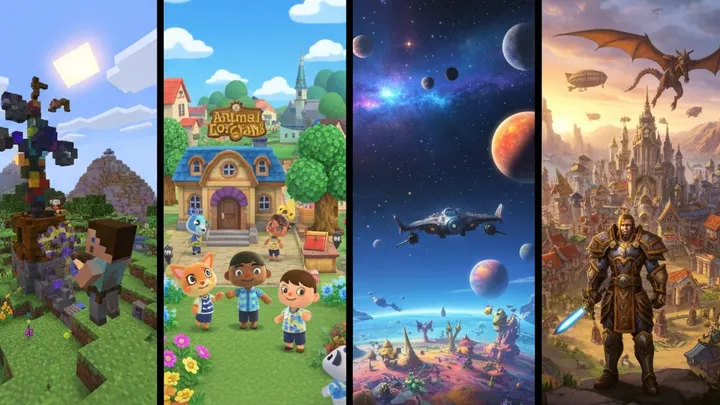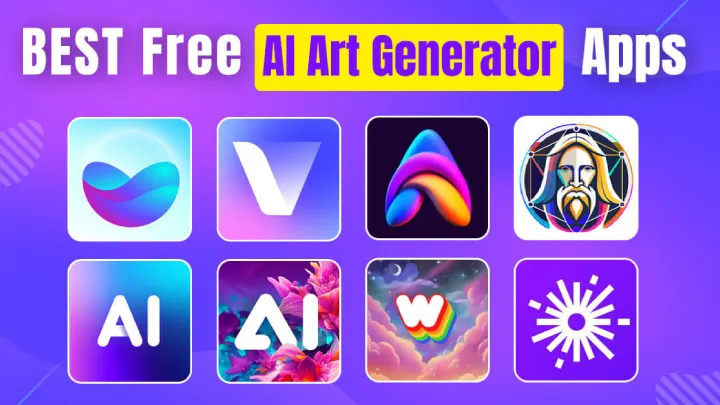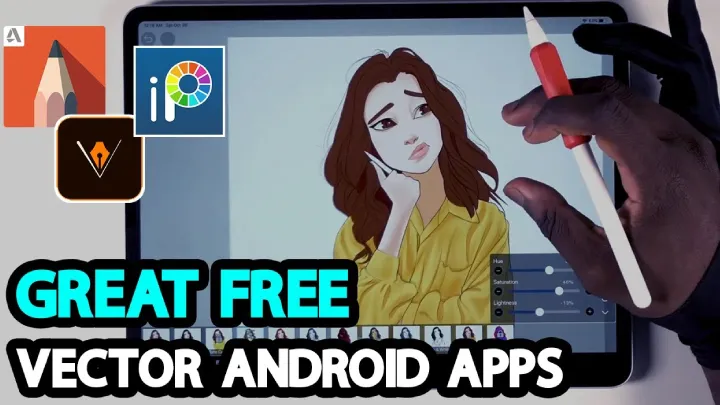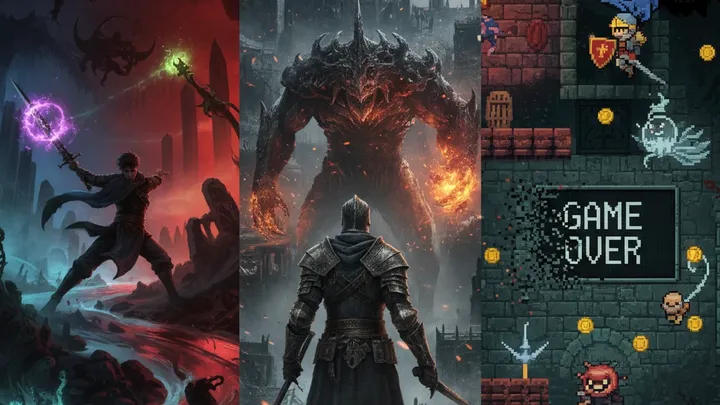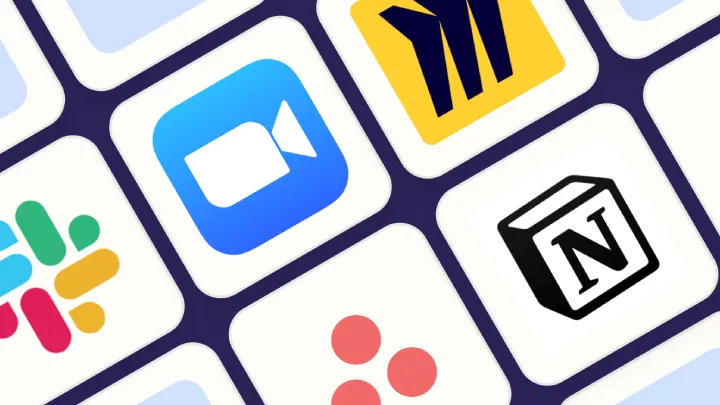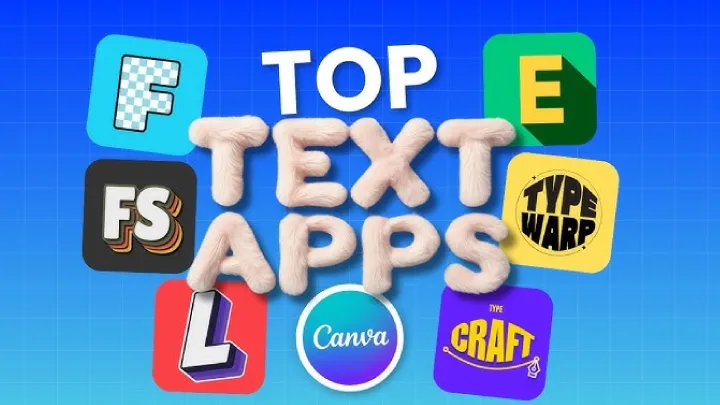Introduction
The mobile gaming industry has undergone a massive transformation over the past decade. With the advent of smartphones and high-speed internet, mobile games have evolved from simple time-fillers to fully-fledged entertainment experiences capable of rivaling console and PC titles. Mobile gaming is no longer defined by casual tap-and-swipe mechanics; it has become a platform for immersive storytelling, competitive esports, and creative expression.
Games like Pokémon GO, Genshin Impact, and PUBG Mobile have shown that mobile devices can host complex worlds and gameplay mechanics while remaining accessible to a global audience. They have redefined the way players interact with games, incorporating augmented reality, touch-optimized controls, and multiplayer features that foster global communities.
The ability to play anywhere, anytime, has made mobile gaming an integral part of daily life for millions of people. Whether commuting, traveling, or simply relaxing at home, players now have instant access to rich gaming experiences without needing expensive consoles or PCs. This article explores ten mobile games that have redefined gaming on the go, each leaving a lasting impact on the industry and setting new standards for what is possible on mobile devices.
1. Pokémon GO
Overview
Pokémon GO, developed by Niantic in 2016, revolutionized mobile gaming by introducing augmented reality (AR) mechanics to a global audience. Players could explore the real world while catching virtual Pokémon, blending physical activity with gameplay in an unprecedented way.
Gameplay
Players walk around neighborhoods, parks, and landmarks to locate and capture Pokémon using AR-enabled cameras. The game incorporates gyms, raids, and community events, encouraging players to socialize and cooperate in real-world settings. Regular updates introduce new Pokémon, quests, and challenges, keeping gameplay fresh and engaging.
Impact on Mobile Gaming
Pokémon GO demonstrated that mobile games could encourage real-world activity and social interaction. Its AR technology inspired other developers to experiment with location-based mechanics, expanding the potential for immersive mobile experiences.
Pros and Cons
Pros:
- Innovative AR integration
- Encourages outdoor activity and social interaction
- Constant updates and community events
Cons:
- Requires GPS and constant internet connection
- Battery-intensive due to AR and background activity
2. Clash of Clans
Overview
Clash of Clans, developed by Supercell, redefined mobile strategy gaming with base-building and real-time multiplayer combat. Since its release in 2012, it has remained one of the most popular mobile strategy games globally.
Gameplay
Players build villages, train troops, and attack other players to earn resources. Clan mechanics allow cooperative play, creating long-term social bonds among players. Strategic planning and timing are critical for success, making it more than a casual tap game.
Impact on Mobile Gaming
Clash of Clans demonstrated that mobile devices could host deep, strategy-driven experiences. Its monetization model with in-app purchases and competitive leagues became a template for future mobile strategy games.
Pros and Cons
Pros:
- Engaging strategy gameplay with social elements
- Regular updates with new troops, spells, and events
- Competitive multiplayer keeps players invested
Cons:
- Heavy reliance on in-app purchases for fast progression
- Repetitive grind for resources can become tedious
3. PUBG Mobile
Overview
PUBG Mobile, developed by Tencent Games, brought the battle royale genre to smartphones, allowing players to experience high-intensity survival matches on the go.
Gameplay
Up to 100 players drop onto an island and fight to be the last survivor. Players scavenge weapons, vehicles, and equipment while avoiding a shrinking safe zone. The mobile version retains the core mechanics of the PC and console editions while optimizing controls for touchscreens.
Impact on Mobile Gaming
PUBG Mobile proved that competitive, high-fidelity shooters could thrive on mobile devices. It also popularized mobile esports, with tournaments attracting millions of viewers worldwide. Its success spurred the development of other battle royale games on mobile platforms.
Pros and Cons
Pros:
- Intense, competitive gameplay
- Optimized for mobile controls
- Active esports scene with global tournaments
Cons:
- Requires stable high-speed internet
- High battery and data consumption
4. Candy Crush Saga
Overview
Candy Crush Saga, developed by King, transformed casual mobile gaming into a global cultural phenomenon. Launched in 2012, it demonstrated that simple, addictive gameplay could dominate app stores.
Gameplay
Players match candies in rows or columns to complete objectives within a limited number of moves. Levels increase in difficulty, introducing new mechanics like blockers, chocolate, and boosters. Its simple touch-based controls make it accessible to all age groups.
Impact on Mobile Gaming
Candy Crush popularized the freemium model with in-app purchases for boosters and extra moves. Its addictive gameplay loop set a standard for casual mobile games and inspired countless clones and spin-offs.
Pros and Cons
Pros:
- Highly addictive and easy to learn
- Wide audience appeal across ages
- Frequent updates with new levels and challenges
Cons:
- Heavily monetized with in-app purchases
- Can be repetitive over time
5. Among Us
Overview
Among Us, developed by InnerSloth, became a social gaming phenomenon, especially during the 2020 pandemic. It redefined asynchronous multiplayer on mobile by combining simple mechanics with social deduction gameplay.
Gameplay
Players are crewmates on a spaceship, completing tasks while impostors secretly sabotage the mission. Discussions and votes determine who is eliminated, encouraging communication, deception, and strategy. The mobile version allows cross-platform play with PC players.
Impact on Mobile Gaming
Among Us proved that social mechanics could drive massive engagement on mobile. Its viral popularity showcased the importance of community, memes, and streaming in promoting games.
Pros and Cons
Pros:
- Simple mechanics with deep social interaction
- Cross-platform multiplayer
- Free-to-play and highly accessible
Cons:
- Can be frustrating with trolls
- Requires internet connection for multiplayer
6. Genshin Impact
Overview
Genshin Impact, developed by miHoYo, brought AAA open-world RPG experiences to mobile devices without sacrificing quality. Its launch in 2020 set a new standard for mobile visuals and gameplay depth.
Gameplay
Players explore the world of Teyvat, collecting characters with unique abilities and engaging in elemental combat. Multiplayer co-op allows for shared exploration and dungeon challenges. Cloud saves ensure progress across devices.
Impact on Mobile Gaming
Genshin Impact proved that smartphones could host complex, high-fidelity games previously reserved for PCs and consoles. Its gacha system influenced monetization strategies for future mobile RPGs.
Pros and Cons
Pros:
- Stunning open-world graphics
- Deep RPG mechanics with elemental combat
- Cross-device cloud saves
Cons:
- Heavy data usage and storage requirements
- Gacha system can encourage spending
7. Call of Duty: Mobile
Overview
Call of Duty: Mobile, developed by Tencent and Activision, brought the classic FPS experience to touchscreens with optimized mobile controls and multiple game modes.
Gameplay
Players engage in classic multiplayer modes like Team Deathmatch, Battle Royale, and Zombies. Weapons, perks, and skins are customizable. Touchscreen controls are refined for mobile, and players can connect via cloud saves to maintain progress.
Impact on Mobile Gaming
Call of Duty: Mobile set a benchmark for FPS games on mobile. Its success proved that competitive shooters could thrive outside consoles and PCs while maintaining esports viability.
Pros and Cons
Pros:
- Smooth FPS experience on mobile
- Multiple game modes and customization
- Supports cross-platform and cloud saves
Cons:
- Requires high-speed internet for competitive play
- Battery intensive due to graphics and network usage
8. Hearthstone
Overview
Hearthstone, developed by Blizzard Entertainment, transformed card games into a touch-optimized mobile experience. Its deep strategy combined with simple controls made it a mobile staple.
Gameplay
Players build decks and battle opponents in turn-based matches. Each card has unique abilities, and strategy revolves around resource management and tactical planning. Cloud integration ensures progress across mobile and PC devices.
Impact on Mobile Gaming
Hearthstone proved that traditional card games could thrive on mobile platforms, paving the way for digital collectible card games with global multiplayer. Its esports ecosystem also promoted competitive mobile gaming.
Pros and Cons
Pros:
- Deep strategy in a mobile-friendly format
- Cross-platform progress and multiplayer
- Frequent expansions and updates
Cons:
- Can be expensive due to in-app purchases
- Steep learning curve for newcomers
9. Mobile Legends: Bang Bang
Overview
Mobile Legends, developed by Moonton, popularized MOBA gaming on mobile, offering fast-paced 5v5 matches optimized for touchscreens.
Gameplay
Players choose heroes with unique abilities and battle in real-time matches on a 3-lane map. Team coordination, timing, and strategy are key to winning. Matches are short, perfect for gaming on the go.
Impact on Mobile Gaming
Mobile Legends showed that MOBAs could be successfully adapted to mobile devices without sacrificing depth. Its esports scene has grown globally, highlighting mobile competitive gaming.
Pros and Cons
Pros:
- Fast-paced MOBA gameplay
- Short matches ideal for mobile
- Strong global esports community
Cons:
- Can be frustrating without team coordination
- In-app purchases may affect competitiveness
10. Minecraft: Pocket Edition
Overview
Minecraft: Pocket Edition, developed by Mojang, brought the sandbox creativity of Minecraft to mobile, enabling players to build, explore, and survive anywhere.
Gameplay
Players mine resources, craft items, and build structures in a procedurally generated world. Multiplayer servers allow collaboration and creative projects. Cloud saves sync progress across devices.
Impact on Mobile Gaming
Minecraft Pocket Edition proved that sandbox games could be portable while retaining depth and creativity. It inspired countless mobile creativity apps and maintained a global community for collaborative projects.
Pros and Cons
Pros:
- Infinite creativity in a portable format
- Multiplayer and cloud saves
- Educational potential and strong community
Cons:
- Touchscreen controls can be less precise than PC
- Some features are limited compared to console/PC
Conclusion
Mobile gaming has evolved dramatically, and these ten titles—Pokémon GO, Clash of Clans, PUBG Mobile, Candy Crush Saga, Among Us, Genshin Impact, Call of Duty: Mobile, Hearthstone, Mobile Legends, and Minecraft Pocket Edition—have all contributed to reshaping the industry. They demonstrate the versatility of mobile platforms, offering casual fun, competitive esports, social interaction, and even AAA-quality experiences.
With high-speed internet, cloud saves, and cross-platform integration, mobile games today allow players to enjoy rich gameplay anywhere, anytime, making smartphones a primary gaming device for millions. As technology continues to advance, the future of mobile gaming promises even more immersive and innovative experiences, proving that the platform is not just convenient—it’s transformative.






